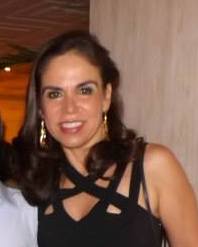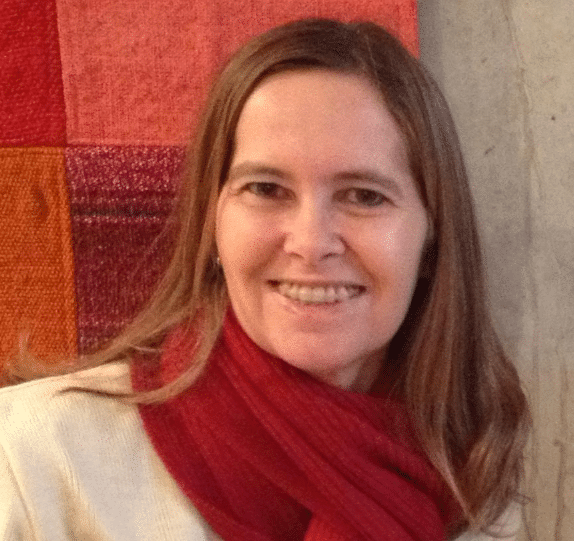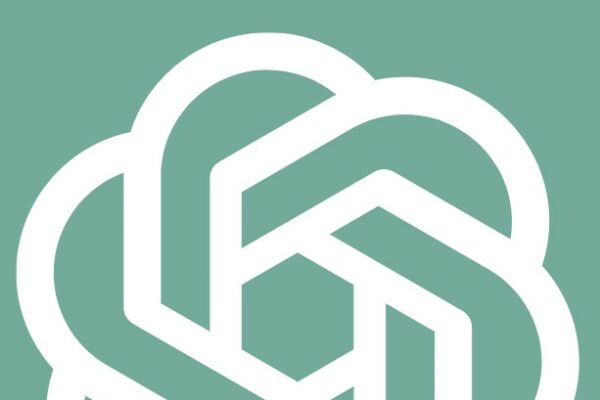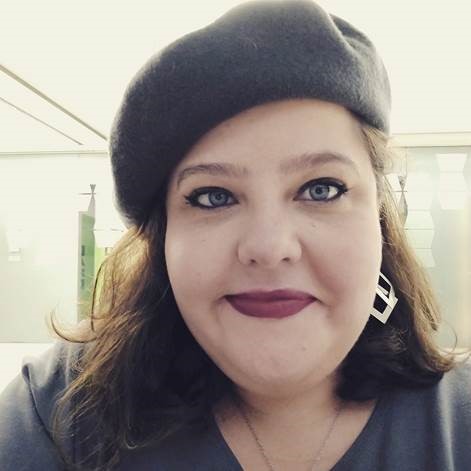Creativity as an Asset in language Teaching
Creativity is certainly a desired trait for teachers to have, especially nowadays, when we have to compete with much more appealing sources of knowledge. But what is creativity? Is it innate? Can we do anything to enhance it?
Well, these are some of the questions I plan on answering at the next Tesol Convention in João Pessoa, where I will present a workshop titled “Creativity as an asset in Language Teaching”. This article is a very brief summary of some of the information I plan on sharing with the participants.
These are some definitions of creativity I particularly like:
- Creativity is the activity of producing something which is, at the same time, new and useful.
- It is the ability to create something no one has ever seen, heard, learned or felt before.
- It is the search for innovative solutions.
- It’s the use of imagination and past experiences to create new possibilities.
The last definition leads us to conclude that creativity is not an innate gift, because if the ability to create is the result of past experiences and learning, then it is something we build throughout our lives, and not something that comes ready when we are born as a result of a lucky combination of genes.
The conclusion that creativity is not innate leads us to another important deduction: that it can be developed. And teachers work in one of the most creativity-thriving environments: the classroom. As Phillippe Perrenoud would say, we are constantly challenged to “act in urgency”:
- We are managers of complex interpersonal relations;
- Most teachers need to produce a lot in little time and with few resources;
- We deal with different and unexpected problems every day.
For those who want to take advantage of this favorable, although often challenging environment, I’d like to share a few valuable tips:
- Avoid being excessively critical of your own ideas, so that your creativity is not constantly “trimmed”;
- Don’t rely excessively on routine procedures. Routine is an enemy of creativity;
- Invest in continued education: the wider your horizons, the bigger the chances of establishing relationships and creating new things.
But the most important information I want to get across, both in this article and in the workshop I will present, is that creativity is often cooperative, and not individual. Several heads certainly think better than one, so your sharing of ideas, opinions and challenges with your co-workers will certainly generate more creative ideas than you can possibly come up with on your own. So…can you enhance your own creativity? You surely can! Start by developing the habit of working cooperatively and being open to diversity.





